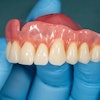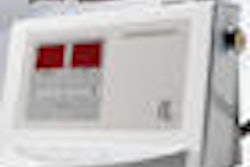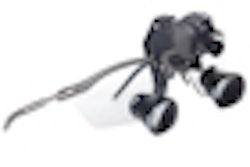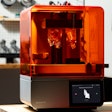The presence of tooth structure between a carious lesion and the tip of a fluorescence caries detection device such as the Diagnodent can reduce the laser fluorescence readings, according to a study in Operative Dentistry (December 14, 2011).
To examine the effect of distance and tooth structure on laser fluorescence readings, the researchers conducted a series of experiments.
In one set of experiments, a porphyrin pigment in oil suspension was used as a laser fluorescence signal source. Thin slices of enamel and dentin were obtained from extracted molars. Pigment-induced readings were obtained when these slices were placed between the porphyrin pigment and the instrument's tip. The researchers then assessed the effect of either demineralized or intact tooth tissue on the readings.
In other experiments on extracted molars with small occlusal caries, readings were taken from pit/fissure sites before and after removal of the occlusal surface.
Enamel, demineralized enamel, dentin, and demineralized dentin all caused significant reductions in laser fluorescence signal, all readings being taken with the same tip-pigment distance, with demineralized enamel causing the biggest reduction, the study authors reported.
Distance and tooth structure were found to reduce the ability of the Diagnodent to assess occlusal caries, the researchers concluded. For this reason, "Diagnodent readings should not be relied on when making diagnostic decisions," they wrote.



















